Search
Search Results

Definition
Germ Theory
The germ theory, which emerged in the late 19th century, demonstrated that microscopic germs caused most human infectious diseases. The germs involved included bacteria, viruses, fungi, protozoa, and prions. Louis Pasteur (1822-1895), a French...

Definition
Indus Valley Civilization
The Indus Valley Civilization was a cultural and political entity which flourished in the northern region of the Indian subcontinent between c. 7000 - c. 600 BCE. Its modern name derives from its location in the valley of the Indus River...

Article
Ten Juneteenth Myths
The celebration of Juneteenth – originally known as "Freedom Day" – began on 1 January 1866 in Texas and, since then, a number of myths have grown up around the event it commemorates: the issuance of General Order No. 3 in Galveston Texas...
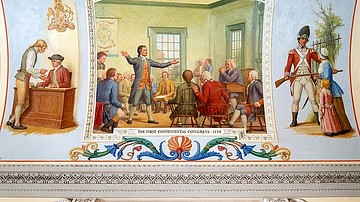
Image
First Continental Congress
The First Continental Congress, held by delegates from 12 of the 13 British colonies of North America from 5 September to 26 October 1774. The mural depicts Patrick Henry delivering a speech during the Congress at Carpenter's Hall in Philadelphia...
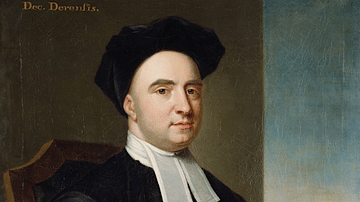
Definition
George Berkeley
George Berkeley (1685-1753) was an Anglo-Irish bishop and an empiricist and idealist philosopher. He infamously claimed that no matter exists outside of God and that things only exist outside of our minds and perceptions because God perceives...
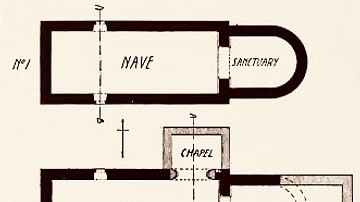
Image
Development of Church Layout in Medieval English Churches
The progression from a basic two-cell building to a more elaborate layout incorporating a divided chancel area, first one extra aisle, then two, plus side chapels. By stage 3 only a few elements (black outline) of the original structure remain...
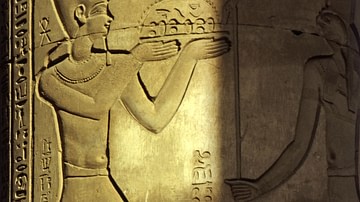
Definition
Ptolemy XIII Theos Philopator
Ptolemy XIII Theos Philopator (The Father-loving God, born 62/61 BCE, died 47 BCE) was pharaoh of Egypt from 51 BCE until his death. His reign began as co-ruler with his sister, the famous Cleopatra VII, following the wishes of their father...
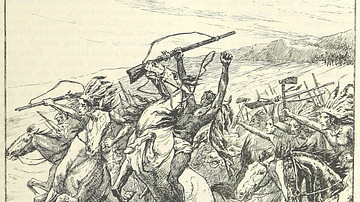
Image
The Death of Roman Nose (Cheyenne Warrior)
The death of Roman Nose (Cheyenne Warrior) at the Battle of Beecher Island (1895), illustration from page 321 of Illustrated Battles of the Nineteenth Century by Archibald Forbes, Major Arthur Griffiths, et al., London, 1895. The image...
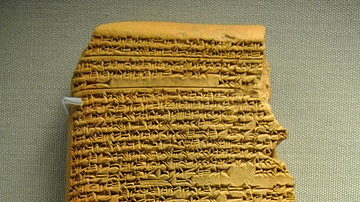
Image
The Theory of Omens
On this clay tablet, the author has listed the titles of cuneiform omen collections drawn from celestial and terrestrial phenomena. Rather unusually, he explains that the validity of an individual omen depends on the particular month and...

Video
Debunking the Myth of the Lost Cause: A Lie Embedded in American History - Karen L. Cox
Examine the myth of the Lost Cause: a campaign created by pro-Confederates after the Civil War to promote the lie that they seceded for state's rights. In the 1860’s, 11 southern states withdrew from the United States and formed the Confederacy...